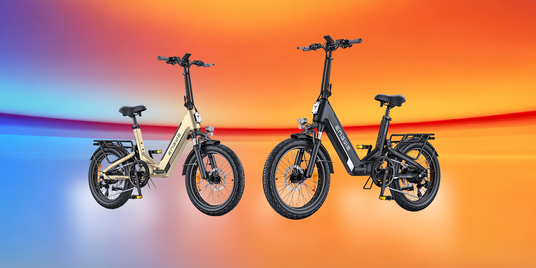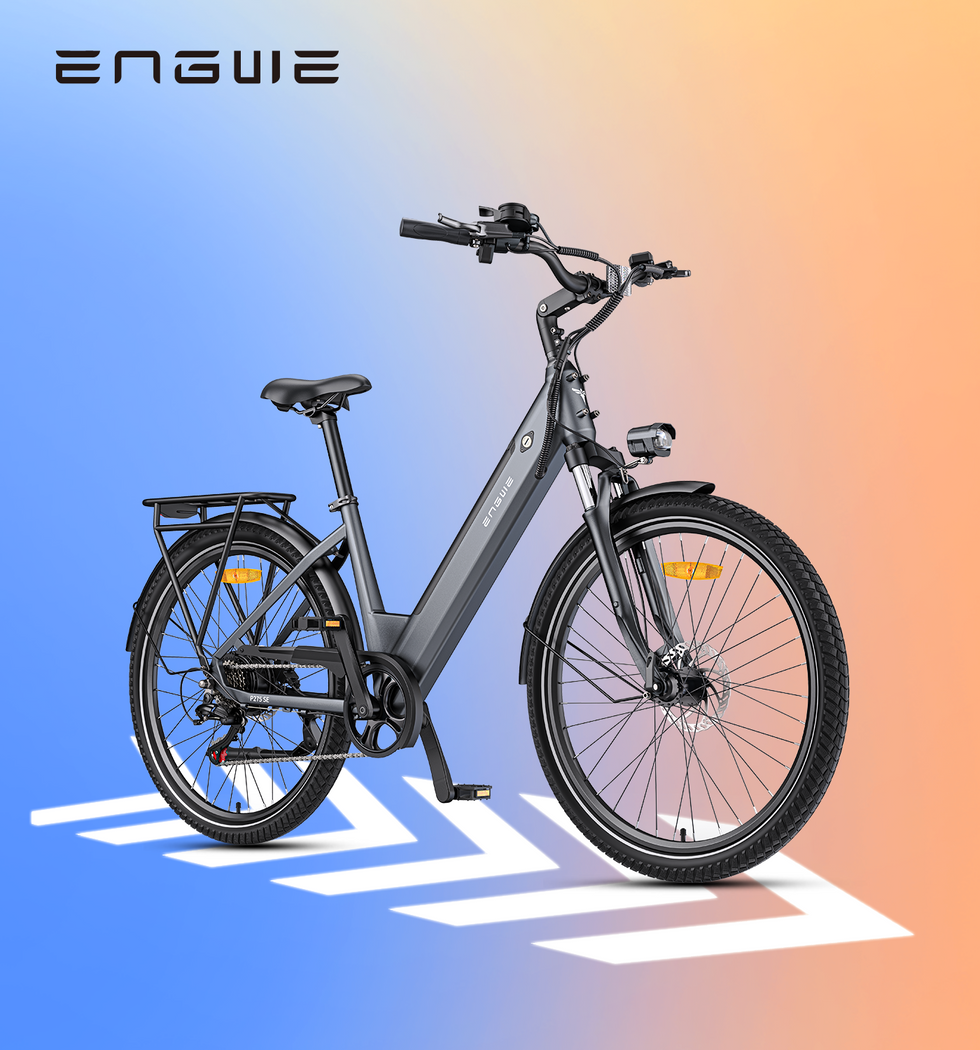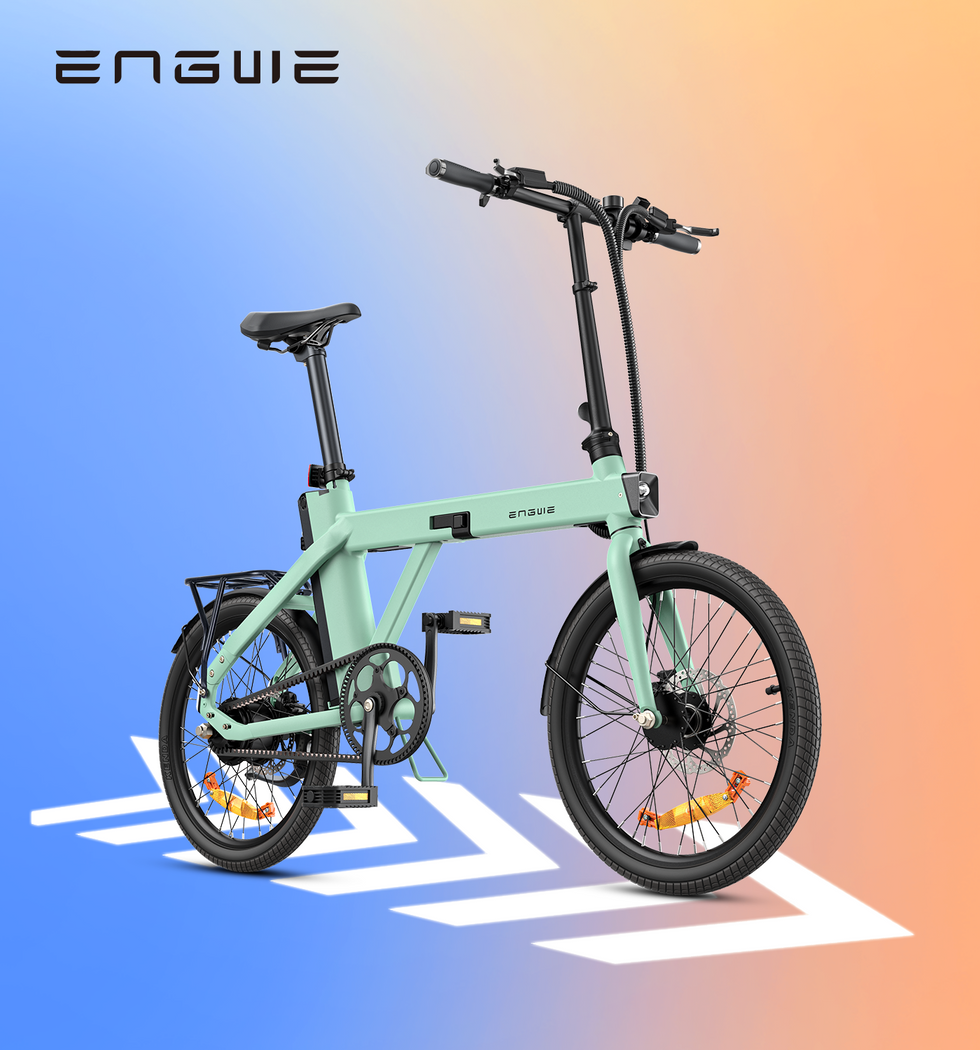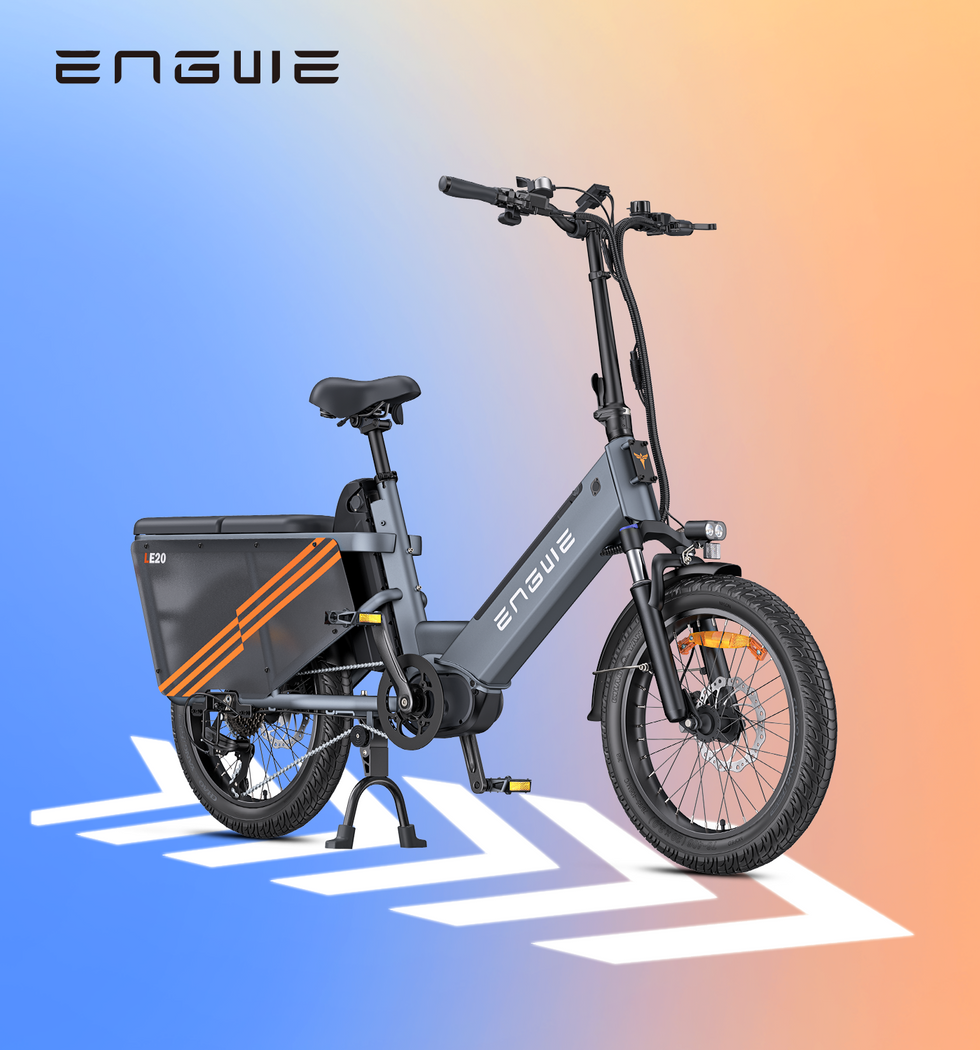The Physics Behind the Heft
The first time I picked up an electric bike, I was genuinely impressed. I’d ridden lightweight road bikes and nimble mountain bikes my entire life, and the solid, reassuring heft of an e-bike was a different planet. And it’s a common question – after all, that is what you’re wondering when you inquire about the weight of electric bikes, isn’t it? Forget for a moment top speed or flashy gadgets. The weight of your electric bike will determine your everyday experience with it more than nearly any other factor, affecting everything from how it rides to how you stow it at the end of the day.
A good place to start is by understanding why these machines are heavier. It’s not bad design; it’s physics. The battery, the motor and the frame are the three main culprits. Your ride is powered by a modern lithium-ion battery, which alone can easily weigh between three and five kilograms. And the motor, whether it’s a compact hub motor or a central mid-drive system, adds another couple of kilograms of metal and magnets. Finally, the frame itself needs to be stronger and more durable than a typical bicycle’s. It needs to be able to support the higher speeds, the torque from the motor and the weight of the components, which all adds up to more material and therefore more weight. Throw in suspension forks, disc brakes and often wider, tougher tyres, and you can see how the kilograms can start to pile on.
Deciphering the Numbers: E-Bike Weight Categories
So, what are the numbers, exactly? Electric bicycles can be categorized roughly by their weight, which is not generally seen as an indicator of a recommended electric bike's quality. On the lightest end of the spectrum are sleek e-road bikes, which can weigh as little as 12 to 18 kilograms. They are lighter than a typical e-bike, able to be thrown around corners and carried up a few flights of stairs with ease, thanks in part to carbon fibre frames and smaller batteries. Hybrids and commuters, which are among the most popular e-bikes, usually end up in the 18 to 25 kilogram area. For many folks, this is the sweet spot, offering a fair range and strength combined with a carrying weight that is tolerable. More specialist territory is explored with the all-terrain and fat tyre electric bikes. These burly machines are designed for comfort and capability over any terrain and tend to weigh at least 25 kilograms; with long-range batteries and heavy-duty add-ons, it’s not uncommon for them to exceed 35 kilograms.

Does Weight Matter? The Real-World Impact
The important question is, how does this weight correlate with reality? When it comes to the road, a little more heft is not necessarily the end of the world on a bike. It sometimes feels more stable, more planted, especially as you gather speed or coast over bad sections of road where a lighter bike might feel floaty. The trouble begins when you hit a hill. The motor is there to assist, of course, but it has to work even harder to lift more mass upwards. Here’s where motor torque (in Newton-metres) becomes more relevant than weight. Scott R has the answer: If I have a heavy bike with a high-torque motor and the grade is a factor in the combination of motor and pedal effort, then I will make it to the top easier than if I have a lightweight bike and a low-torque motor.
But it’s when you’re not riding that the real weight test takes place. This is what the brochures never show. Can you load it onto a car rack? Can you take it up the stairs into your flat? Will you be able to manoeuvre it in a cramped bike shed? Living in a flat on the first floor, the ‘lift test’ for me became pivotal. 20 kg was manageable; 30 kg was a workout and a two-person job if I wasn’t feeling strong. It's here where foldability can change the game, since a heavier bike becomes much more manageable to move in cramped quarters.
A Case Study in Smart Design: The ENGWE EP-2 Boost
The versatility of fat tyres on foldable electric bikes appeals to a large number of riders, but many fear the weight of the bike will render them impractical. This is a legitimate concern, and it’s where smart design and engineering are crucial. One brand that has struck this balance better than most is ENGWE. Their philosophy is not to simply make a bike, but to design a complete system of moving about. A fine example of this approach is the ENGWE EP-2 Boost.

At 30 kg, it firmly belongs in the fat tyre bike category, yet it creatively works around the typical downsides of such weight. Its sturdy foldable frame means you don’t have to carry the whole bike; you can fold it, making it easier to handle and store in a car boot or a cupboard at home. Crucially, a high-precision torque sensor enables ENGWE to give the EP-2 Boost a robust 250W motor, reaching an impressive 55 Nm of torque when you’re hitting the dirt. A boost button is also included, which delivers a sudden burst of power to level the heights of hills. Not only have you got a bike that can handle its own in terms of weight, you’ve also got a bike that's been built to be the perfect cargo partner with a spacious 150 kg maximum load capacity and the inclusion of upgraded 180mm disc brakes to ensure safer and more powerful stopping. Its form-factor is all-terrain, with 20-inch by 4.0-inch fat tyres, plush front suspension, and a massive 120 km maximum range for its removable battery, making the EP-2 Boost a standout machine that has the weight to grip and ride smoothly, yet remains useful for day-to-day living.

You and Your Load: The Final Calculation
Your weight plus anything you intend to carry is also a crucial piece of the equation. Each electric bike has a maximum load capacity, which is the maximum weight it can support without risk of damage. That’s you, your backpack, your shopping and perhaps child seats or panniers. Make sure you verify this number. If you weigh more or you want to ride with added shopping during the week or for work deliveries, then choose a bike that comes with a higher payload limit. These bikes will also inevitably weigh more themselves as they require stronger frames, wheels and components to do their job safely. Attempting to trim a few kilograms from the bike’s own weight could be a false economy if it leaves you unable to carry your gear, or worse yet, undermines its structural integrity. A burly, powerful e-bike is a tool, and finding the right one is a matter of being willing to bear the weight it needs to do its job consistently.
In order to clear up these points, here is a summary of the typical questions we see when it comes to electric bike weight:
| Prospective User Query | Where to Locate the Answer in this Article | The Bottom Line |
|---|---|---|
| What is the weight of an average electric bike? | Section 2: Deciphering the Numbers | This will range from 12 kg on lightweight road models to upwards of 35 kg on heavy-duty fat tyre bikes; it is a measure of how heavy the bike will feel to the rider. |
| Why are e-bikes heavier than regular bikes? | Section 1: The Aggravating Weight | It is heavy because the battery, motor and reinforced frame that can support such things are heavy. |
| Is lighter always better for an e-bike? | Section 3: Does Weight Matter, After All? | Not necessarily. Lighter generally means better for lifting and agility, while heavier can mean more power, range and stability. |
| I live in a flat, what would be the right weight? | Section 3: Out Into The Big Bad World (Off the Bike) | Head for a lighter model, or a foldable bike that’s simpler to carry into small houses and up flights of stairs. |
| What is the impact of weight on climbing hills? | Section 3: What This Means, In Practice (On the Road) & Section 4 | A heavier bike needs a high-torque motor to go uphill easily. Look for a high torque rating (in Nm) and features like a boost button. |
| I'm a big rider or my workload is heavy. What now? | Section 5: You and Your Load & Section 4 | Consider the maximum carrying capacity of your bike, not just the weight of the bike. You need a strong bike. |
| Any bikes that strike a balance between qualities and manageable weight? | Section 4: A Case Study in Smart Design | Note that brands like ENGWE design bikes that feature folding to offset the practical downsides of a heavier, more capable machine. |
Electric Bike Weight FAQs
1. Will a heavier electric bike have less range?
Not necessarily. This is a common misconception. It’s true that a heavier bike needs more power to move, but manufacturers almost always fit heftier bikes with a correspondingly larger battery. Aside from weight, it depends on battery size, and as mentioned, a 30 kg fat tyre bike with a large battery might actually have a further real-world range than a 20 kg commuter bike with a small, hidden battery. The trick is to examine the battery's capacity, which is typically rated in Watt-hours (Wh), along with the manufacturer-supplied range, not just the weight.
2. How hard is it to pedal an electric bike if the battery dies?
Yes, it can be very hard, and that’s where weight is so important. If you try to pedal a 25 kg or 30 kg electric bike without motor assistance, you will notice that it is much more difficult than riding a 10-12 kg bike. With the added weight and the possibility of drag from the motor system, you will notice every incline. This is why it is so important that you budget your battery use – choosing the right assistance level – and select a bike with a reliable battery-level indicator and a capacity that truly meets your needs.
3. Are fat tyres heavy on an electric bike?
Yes, a major contributor at that. Even without the bike attached, a fat tyre is much heavier than a standard road or hybrid tyre, and that’s just the tyre – the wider, sturdier wheel rims needed to run them also add to the heft. That weight gives something in return though, and many riders consider it worth it. They provide a far smoother and more cushioned ride, soaking up bumps and bad road surfaces. They also offer fantastic stability and traction, letting you tackle terrain like gravel, sand, or even snow that you'd be too afraid to approach on a regular bike.
4. How can I lighten my electric bike?
Realistically, there’s not an awful lot you can do to make a big impact on the weight of an e-bike without either compromising its effectiveness or shelling out loads of cash. The core components that you can’t change are the frame, motor, and battery, which make up the lion’s share of the weight. You might change the seat post, handlebars or pedals for ones made from lighter carbon fibre materials, but your savings in weight will be minimal – a kilogram at most. The most realistic way to limit the weight you handle is to strip accessories such as chunky locks, pannier bags or, if removable, the battery itself before you lift the bike.
5. Is there a difference in weight/feel on the bike between motor placements? Appreciate any help!
The total weight of the motor units may be the same, but the location has a huge impact on the handling and sense of mass of the bike! A hub motor in the front or rear wheel adds weight to one end of the bike. This can unbalance the handling and makes lifting that end (or fixing punctures, for example) more cumbersome. A mid-drive motor is located low and centrally in the frame, close to the pedals. This low, central positioning delivers a far more effective centre of gravity, and the net effect is a balance and handling that feels more instinctive and nimble, which can make the whole bike feel lighter and more responsive than the numbers suggest.
In the end, the best electric bike's weight is not the lowest figure, but the one that most effectively balances power, portability, and your specific riding requirements.



